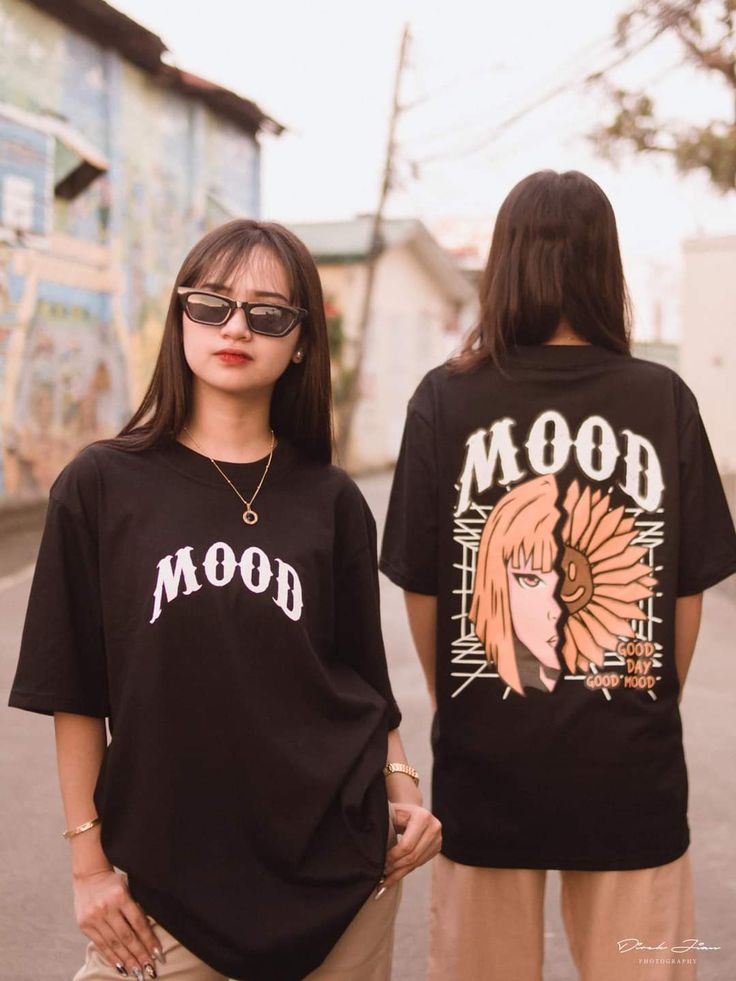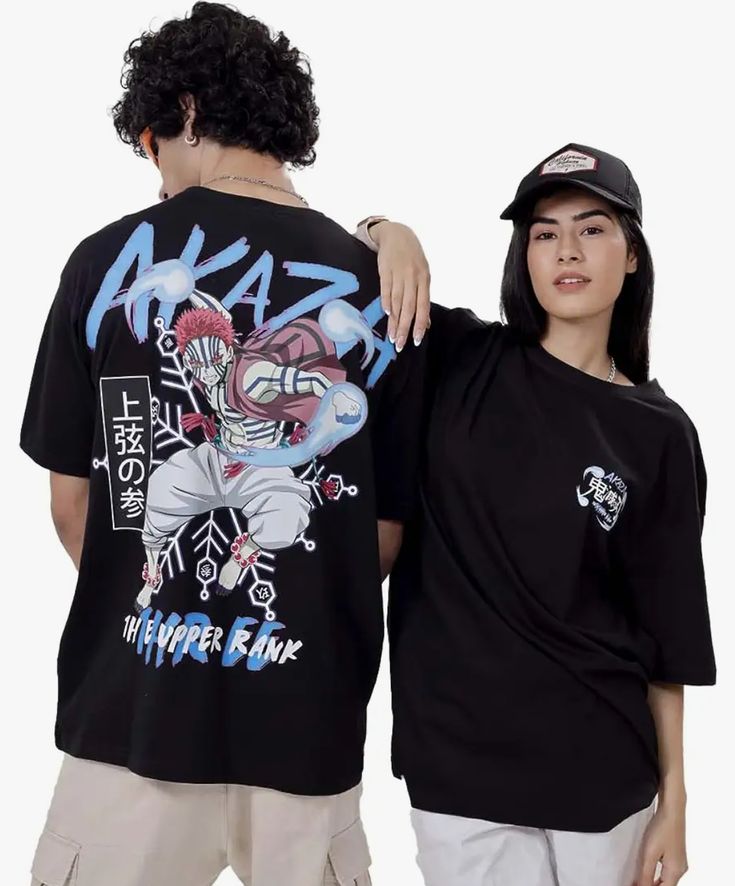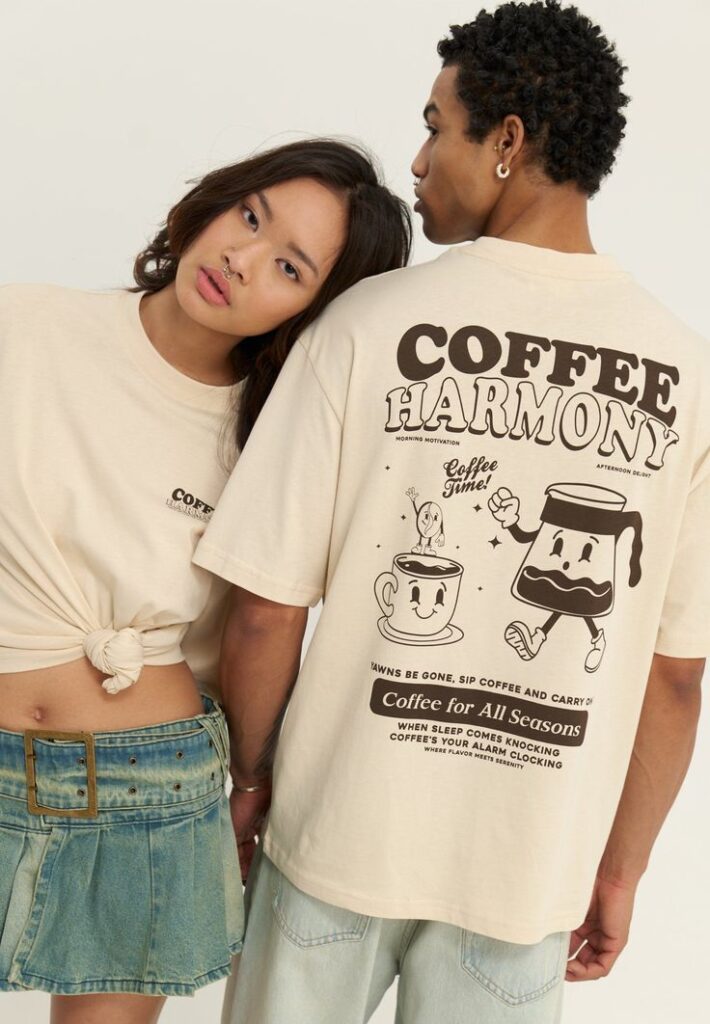Introduction
The story of fashion has always been about more than just fabric and form. It is a narrative of innovation, a mirror reflecting human ambition, and a glimpse into who we wish to become. Today, that mirror reflects a transformation unlike any the industry has seen before—a moment where creativity merges with technology, where sustainability meets soul, and where clothing is no longer static but alive with meaning.
“Wear the Future” is more than a phrase—it’s a manifesto. It represents the fusion of design and destiny, of artistry and algorithm, of craftsmanship and code. In this new age, what we wear is not just a personal statement—it is a digital signature, an emotional expression, and a technological evolution. Every fiber carries a story, every silhouette a message, and every outfit an intersection between human touch and artificial intelligence.
The world is entering a fashion renaissance—one powered by innovation yet grounded in intention. Designers are no longer confined by scissors and sketches; they are digital architects shaping identities in both physical and virtual worlds. The atelier now extends into the metaverse, where fabric morphs into pixels and imagination knows no boundaries.
As we step into this thrilling future, the question is no longer “What’s next in fashion?” but rather “What’s possible?” The answer lies in the beautiful collision of design and destiny.
The Evolution of Modern Aesthetics
Fashion, at its heart, has always been an evolving conversation between body and imagination. What began as protection and adornment has become an intricate language of self-expression, each stitch reflecting an era’s ideals. But the aesthetics of tomorrow reach beyond trend—they represent transformation.
The modern aesthetic no longer adheres to a single vision of beauty. It celebrates diversity, fluidity, and inclusivity, acknowledging that individuality is the new luxury. Boundaries between genders, cultures, and generations blur as clothing becomes a shared space of creativity. The lines separating streetwear from haute couture dissolve, replaced by hybrid expressions that reflect a borderless world.
The fashion of the future isn’t about uniformity—it’s about identity. The way we dress no longer defines conformity; it defines consciousness. Materials evolve, silhouettes shift, and technology empowers us to co-create our visual identities. Every garment becomes a reflection of personal philosophy, shaped by the collective voice of a world seeking authenticity over approval.
As aesthetics evolve, fashion becomes a medium of meaning rather than display. The colors we choose, the cuts we prefer, and the stories we wear reveal not only our taste but our values. The new aesthetic of the twenty-first century is one of awareness—beautiful, sustainable, and deeply human.
Technology as the New Fabric
The most groundbreaking shift in the fashion world is invisible to the naked eye—it happens within the codes and circuits that redefine the very essence of creation. Technology has become fashion’s most transformative fabric.
Artificial intelligence has entered the design studio, acting as a silent collaborator. AI algorithms analyze global trends, body shapes, and even emotional responses to help designers create garments that resonate on a deeper level. Through predictive modeling, it can foresee what silhouettes will dominate tomorrow while minimizing waste today.
Meanwhile, 3D printing and digital tailoring are revolutionizing production. Garments are now crafted with microscopic precision, allowing for complex structures that would have been impossible with traditional techniques. Designers can prototype and perfect in digital environments before producing a single physical piece, reducing material consumption and accelerating innovation.
Smart textiles—fabrics that respond to the environment—add another dimension. Imagine a jacket that warms as temperatures drop, or a dress that subtly shifts color with your mood. These are not dreams; they are the living threads of a reality being woven right now.
Technology doesn’t replace artistry—it amplifies it. The designer’s intuition remains at the heart of creation, but now it’s guided by data, supported by algorithms, and expressed through tools that expand imagination beyond material limits. Fashion has never been more alive.
Sustainability and the Ethics of Innovation
In this new era, progress cannot come at the planet’s expense. The fashion of destiny is rooted in responsibility. Sustainability is no longer a trend—it is the soul of design.
The fashion industry once thrived on excess, producing more than the world could consume. That era is fading. Today’s creators are guided by principles of circularity, transparency, and respect for the Earth. Brands are investing in regenerative fabrics, biodegradable materials, and closed-loop systems that give garments a second life.
Innovations such as lab-grown leather, plant-based dyes, and mycelium fabrics are redefining what luxury looks and feels like. Technology empowers this movement—not as a gimmick, but as a guardian. Blockchain ensures the traceability of materials from source to wardrobe, providing proof of authenticity and ethical production.
But sustainability extends beyond materials—it touches behavior. The rise of conscious consumption encourages individuals to view fashion as an investment, not an impulse. The idea of “less but better” becomes the ultimate expression of modern sophistication. Consumers are not merely buyers anymore; they are curators of values, weaving personal ethics into their closets.
As we move forward, the harmony between design and destiny depends on balance—between innovation and intention, between creation and conservation. The future will not belong to those who produce the most, but to those who design with purpose.
The Rise of Digital Fashion and the Metaverse
What happens when fashion leaves the physical realm? The answer lies within the growing universe of digital fashion—a world where imagination has no boundaries and sustainability reaches its purest form.
In the metaverse, designers craft collections that exist entirely in pixels, not fabric. These garments are worn by avatars in virtual worlds, allowing individuals to express style beyond reality. Here, creativity is limitless—gravity, texture, and practicality are irrelevant. Designers can experiment with fantasy and futurism, creating experiences rather than objects.
Digital fashion also represents a revolution in accessibility. No longer restricted by geography or exclusivity, anyone can attend virtual runways, own digital couture, or collaborate with brands through interactive platforms. Fashion weeks unfold in immersive digital arenas, merging art, performance, and technology into one living canvas.
The integration of NFTs (non-fungible tokens) has introduced a new concept of ownership in the digital realm. Collectors now own verifiable digital garments, each with its unique code, provenance, and artistic story. This evolution challenges our traditional understanding of value, turning fashion into both an expression and an asset.
Ultimately, digital fashion is not replacing physical clothing—it’s expanding what fashion means. It allows us to reimagine self-expression in worlds yet uncharted, where design truly meets destiny in its purest, most creative form.
Conclusion: The Fabric of Tomorrow
The future of fashion is not just something we wear—it is something we create. “Wear the Future” reminds us that style is not confined to fabric or form; it is a reflection of how we live, think, and dream. As technology, sustainability, and human emotion intertwine, fashion becomes a living, breathing art form—one that evolves with the world around it.
Destiny is no longer written—it’s designed. Every thread we weave, every garment we craft, every choice we make contributes to a tapestry that defines the next era of humanity. The new age of style is not about following trends—it’s about forging meaning.
To wear the future is to embody progress, empathy, and imagination. It is to believe that design can change the world—and that what we choose to wear can shape not only who we are, but who we are becoming.



